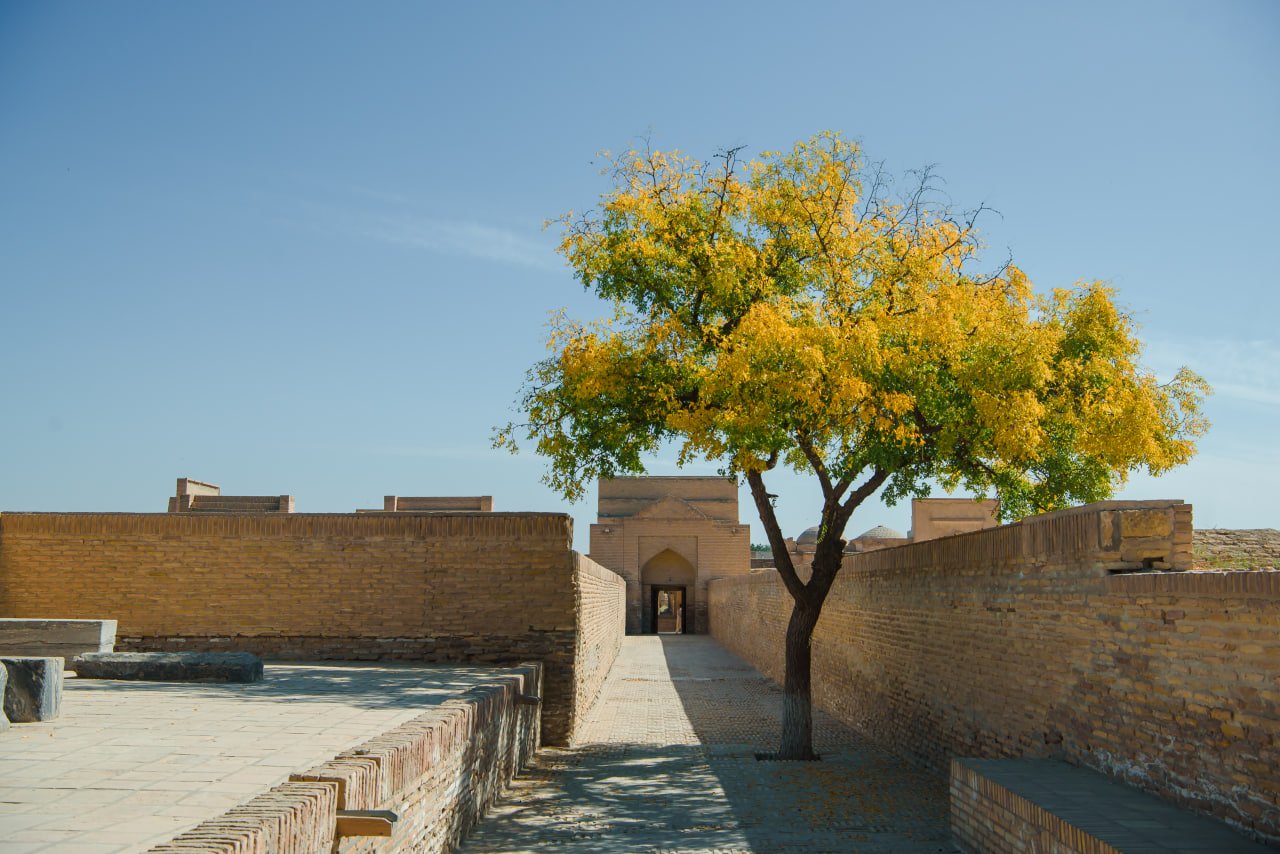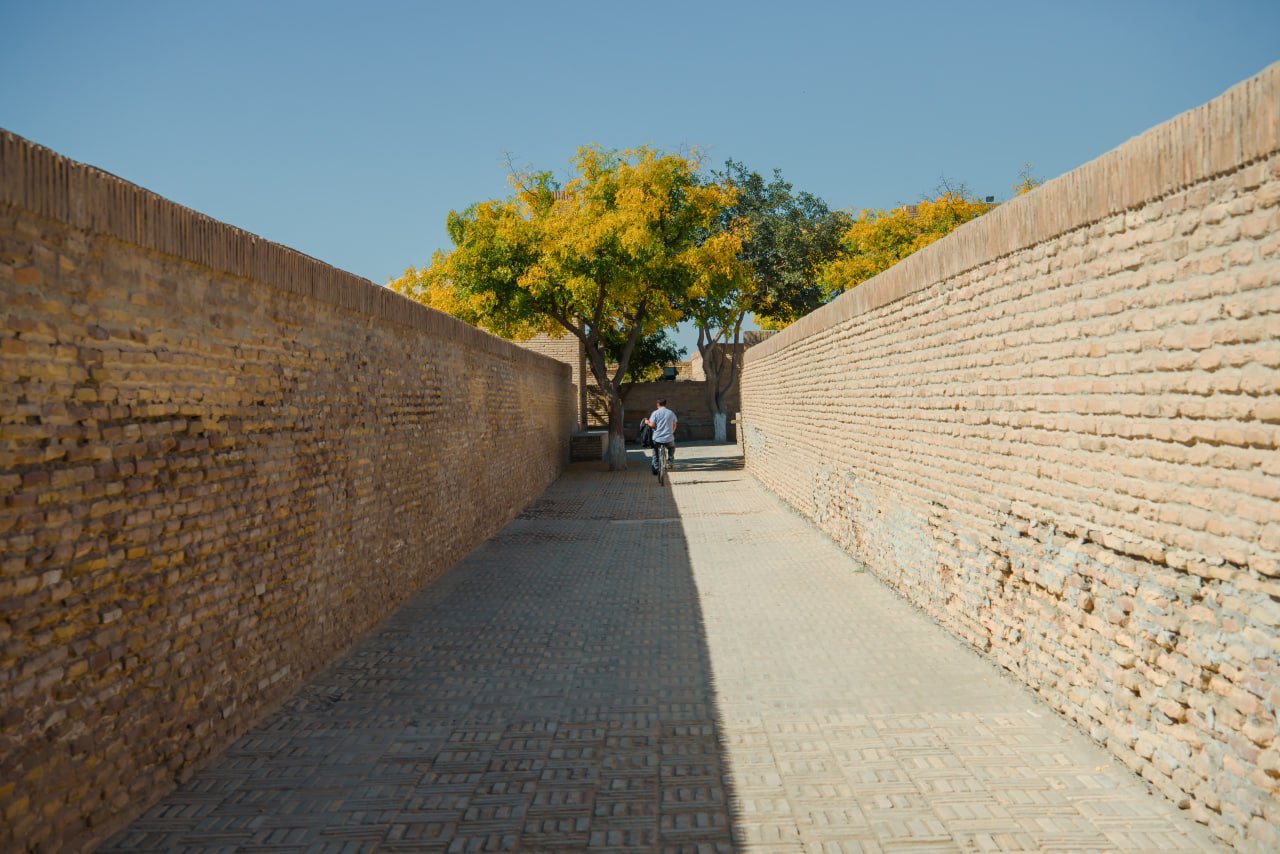Tomb of the four saints
Exploring Bukhara’s peaceful Chor-Bakr necropolis
Text by Valeria Galikhanova
Photos by Mukhiddin A Lee
Not far from Bukhara, at Sumitan (modern-day Kalaya), there is a necropolis called Chor-Bakr. Known as the ‘city of the dead’, it is considered a truly sacred place full of buried saints. This beautiful architectural monument was listed as a UNESCO World Heritage Site in 2008. Every year, thousands of pilgrims and tourists visit to pay homage to the tombs and admire the architecture.
The name ‘Chor-Bakr’ (meaning ‘four brothers’) is in honour of four sheikhs from the Bukharan Shaybanid dynasty who are buried here: Mohammad, Saad, Fazl and Tojiddin Hasan.
They belonged to the Djuibar seyids, who occupied the major state posts in Bukhara during the Samanid Empire (9th and 10th centuries). They were considered descendants of the Prophet Muhammad and held an important place in the religious and political life of the Bukhara region. No decision was made without their knowledge. Their power was perhaps even greater than the nominal rulers of the time.


The necropolis as an architectural ensemble was built in the 16th century. In 1560, the ruler Abdullahan II ordered chinara (plane) and cypress trees to be planted and a mosque, madrasah and khanaka (dervish monastery) to be built in honour and recognition of his teacher, Juybar Sheikh Khoja Muhammad Islam. He died in 1563 just as the complex was completed.
Surrounding the dynastic tombs, new quarters gradually grew into a complex alongside the family crypts. Initially, only men were buried here, and it was only in the 19th century that the rules of burial changed to allow women to be laid to rest next to their departed male relatives.
The funerary structures here, called khazira, consist of a courtyard surrounded by huge walls with entrances. Each entrance corresponds to one or two generations of the dynasty that are buried here.
Chor-Bakr is still managed by a keeper of the necropolis – a wise man who often regales visitors with interesting facts and stories about this place. As a pleasant bonus to the tour, the keeper offers you the chance to feed the resident peacocks and dozens of noisy, cooing pigeons.
It’s free to visit Chor-Bark, and there is a functioning mosque here, where Muslims come to pray. The khanaka, madrasahs and mausoleums are open to tourists and believers from morning to evening. Visiting with a tour guide offers the best opportunity to understand the deep history and intricate details of each tomb. It’s important to remember that, as the necropolis is a working mosque and sacred burial site, it should be respected as a place for quiet meditation.
Noise and haste do not suit this place. The atmosphere is especially beautiful in the dusk hours, when the sun gradually sets, casting shadows on the khazira and long brick corridors.
As an ancient Bukharan belief goes: if you have time to pray at the tomb of the four saints in one day, then all the desires of your heart will be fulfilled.







